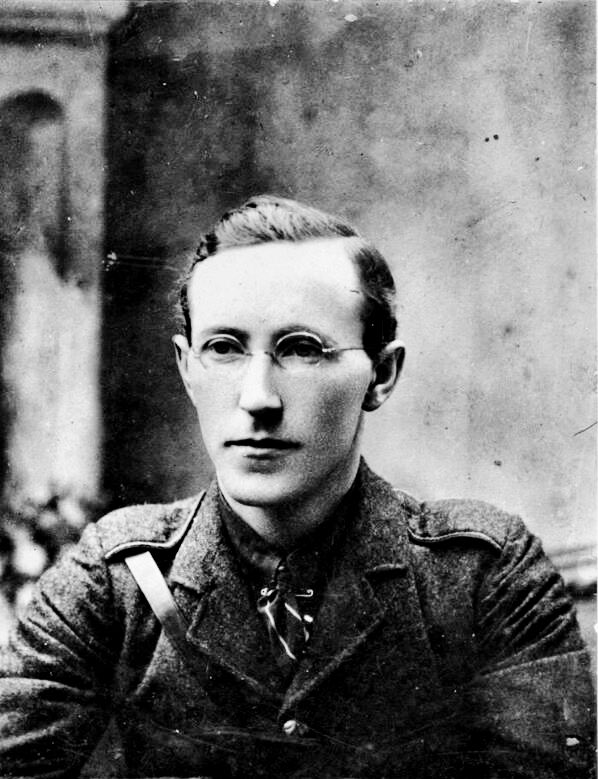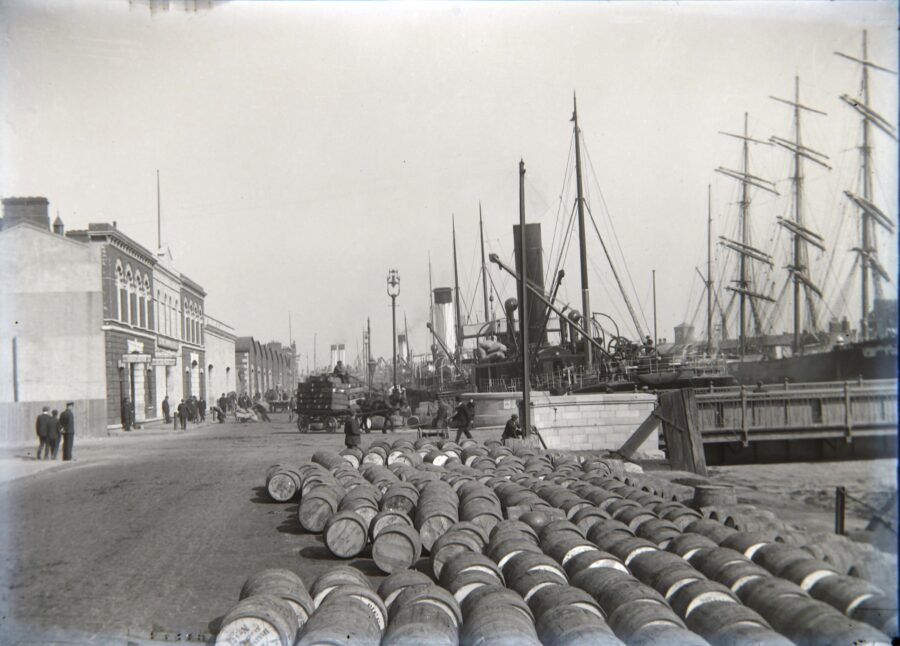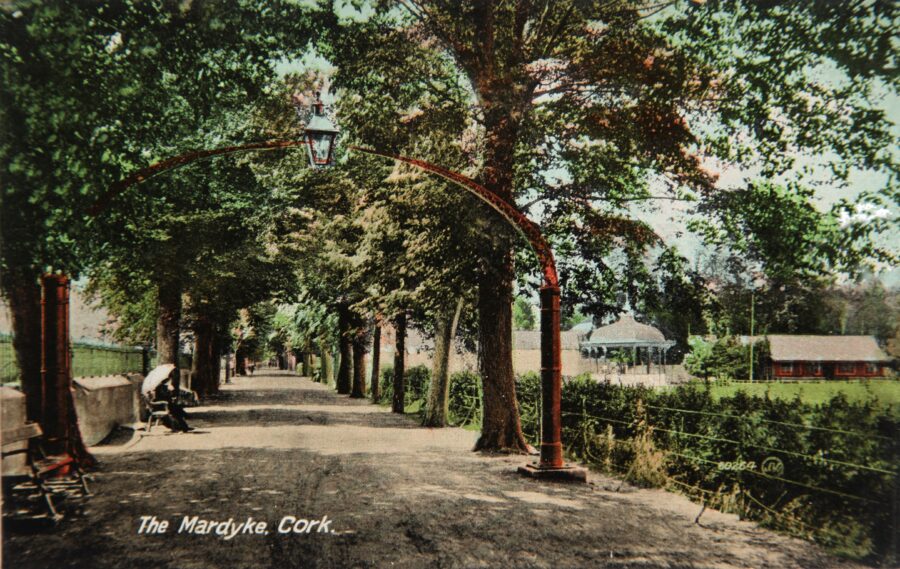
Kieran’s Our City, Our Town Article,
Cork Independent, 20 April 2023
Recasting Cork: The Tragedy of the Stray Bullet
OnSaturday night, 21 April 1923, one of the last tragic deaths pre to the Truce of the Civil War occurred on the streets of Cork City. The Cork Examiner records that William Murphy, 42 years of age, married, a labourer employed at Murphy’s Brewery, and a resident of 24 Ninety-Eight Street (off Bandon road), was fatally shot in St Patrick’s Street. About 9pm an outburst of firing occurred near the corner of Winthrop Street, which was responsible for William’s death.
The initial story was that an attack was made by a number of armed youths, on a National Army officer passing through St Patrick’s Street. Several shots were reputed to have been fired at him from revolvers. William Murphy was unfortunate in coming into the line of fire, with the result that he was struck in the side by one of the bullets. William was conveyed to the Mercy Hospital, but it was obvious to everyone that his injury was a fatal one, and less than an hour after being wounded, he succumbed to his injury. Another man had a very narrow escape, a ricochet bullet struck him on the face. The wound, however, proved to be a slight one, being only skin deep.
The shooting created considerable alarm in the centre of the city. The usual Saturday evening crowds at the time were startled, but when there wasno repeat of theshots people became reassured, and again moved about as before.
At the Mercy Hospital on the afternoon of 23 April 1923 an inquest was held by Mr. Coroner William Murphy, solicitor. The Cork Examiner records that a military officer represented the authorities and Inspector Cronin was present on behalf of the civic police force. A jury, of which Mr John A Kelleher was foreman, having been sworn in and viewed the body, they began to take evidence.
The first witness was Jeremiah Murphy, brother of the deceased, who said he lived at Dean Rock, Togher Road. He had seen the remains, and identified those of his brother. Jeremiah saw him on the Saturday evening in question about 8.30pm. William was then in perfect health.
Jeremiah met William at the corner of Ninety-Eight Street. They walked towards the South Gate Bridge, across the Grand Parade, through St Patrick’s Street and McCurtain Street to the corner of the Coliseum. They returned from the corner of the Coliseum through St Patrick’s Street, on the Minister Arcade side. They came back through St Patrick’s Street again. That was about ten minutes to 9 pm. On again returning through St Patrick’s Street, and when opposite O’Regan’s shop, Jeremiah described that a number of rifle shots rang out. The shot came from the direction of St Patrick’s Bridge to the best of Jeremiah’s belief.
Jeremiah continued to describe that William put his hand to his side and screamed. Jeremiah caught him by the arm, and they went a few yards and the deceased said; “I am after being shot”. William then collapsed. Jeremiah immediately got a side car on the stand outside the Victoria Hotel, put William on the car and brought him straight to the Mercy Hospital.
Dr Riordan, house surgeon at Mercy Hospital, was also called as a witness at the inquest ad said the deceased was brought to the hospital on Saturday night about 9.15pm. He detailed that William was in a dying condition and suffered from a wound in his right side. He died threequarters of an hour after admission. Dr Riordan did not make a postmortem, but on examination he found a wound on the right side. It was a small punctured wound, such as would be caused by a rifle or small revolver bullet. There was no exit wound. Dr Riordan had found no bullet, but also did not probe for one. The bullet had probably penetrated the liver. In the doctor’s opinion death was due to shock and haemorrhage.
As the Coroner was about to review the evidence, the officer representing the National Army (whose name was not given in the press) came forward and was sworn in. He said he was in Cork Barracks on the Saturday evening in question. Between 9.15pm and 9.40 p.m. there were shotsfired at the barracks. It was his opinion they were rifle shots. The shots came from the back of the barracks from the area of Goulding’s Glen. It was the officer’s belief that the shots were fired aimlessly in the air with the intention of drawing fire from the barracks. He denoted that the fire was not returned from the barracks. He expressed his sympathy and that of the military authority with the relatives of the deceased.
Replying to the Coroner, the witness said he was of opinion post mortem evidence was necessary. If a rifle bullet had been fired at the deceased in St Patrick’s Street it would have gone clean through him. About twenty shots were fired at the barracks. The Coroner, in the course of his summing up, said “the deceased had done on Saturday night as many decent citizens had a perfect right to do—to walk the streets without being menaced by death”. He detailed that it was for the Jury to consider whether it was possible that the deceased had been struck by a stray bullet from the direction of the barracks.
The Coroner articulated that he had no evidence of firing in the vicinity of St Patrick’s Street. He noted he would leave the jury to consult amongst themselves the evidence as presented to them. The jury having consulted in private for about ten minutes, the foreman announced that they had found that the deceased met his death by a stray bullet. They were unable to say where the bullet came from, except from the military barracks or St Patrick’s Bridge. However, they wished to express their deepest sympathy with the relatives of the deceased.
Caption:
1198a. Mercy Hospital, c.1900 (source: Cork Public Museum).


